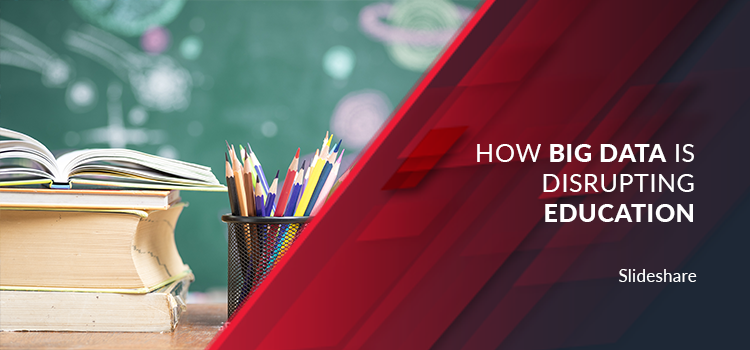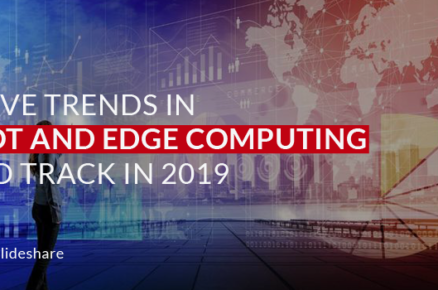Big data analytics is the process of collecting, organising and analysing large sets of data (called Big Data) to discover patterns and other useful patterns.
From healthcare to hospitality, Big Data is widely spread throughout each and every industry and education is no exception.
Big data can be very impactful as it can change the way we teach our children.
Now In our education system, teachers plan a subject-wise schedule for the students and then teach them the subjects accordingly and then take the tests and analyse and prepare reports of each student by measuring their marks in different subjects.
Disruption is underway
But the new information is gathered through an unequalised way creating big data to analyse how each child learns rather than focusing on how the whole class learns.
The cameras which are installed in the buildings, fences capture each student behaviour, what says during the day, what he touches, how his behaviour towards his peer group, everything can be captured.
Think about the tablets, Chromebooks, and cell phones used by the students. From this, we can get a huge amount of data and get information about the students’ perspective. And many more devices like watch-monitor, the fitbit-like device they may be wearing in order to record their pulse rates, number of steps taken by them, breathing and many more.
So in order to create a three-dimensional learning profile for each student, Big Data may be captured and this is not an imaginary thing to do, it’s a reality.
And there is no denying the fact that this process is disruptive and a bit controversial. But it is an initiative taken in order to enhance the educational philosophy. It is an attempt taken to analyse the best method of learning which the child likes and the best method through which he learns easily.
Here is how big data can impact the education sector:
Community involvement
With big data analytics, schools can solve the issues of attendance. The schools can understand the patterns of absentees and help them increase their percentage of attendance. They can simply release the absentees’ data to the community so that parents and concerned guardians can look up to their respective students’ attendance records. In this way, the guardians can prevent students from skipping class.
Little data, big personalization
Big data can make a huge impact on the education system. However, it’s not just big data that’s making waves, little data is carrying its share of the load as well.
Now you may be wondering, what is little data? When we talk about big data in education, we’re referring to a mountain of aggregate data that is sourced from as many students as possible. Little data, is all of the data that has been generated by one student.
Educators are analyzing little data to gain a better understanding of student comprehension and to learn what teaching methods work best with individual students.
Not only does little data analytics form the base for personalized education to be built on, but it also allows educators to track student progress in real-time and recognize a deficiency in the teaching process or a change in student behaviour before they become a major issue.
Big data gives insights
The innovative companies to are looking forward in order to enhance the operations in the education field. They are optimistic that big data may lead 4th graders to improve in maths, improvement in girls performance in science.
There are chances we get to know about the positive responses like some students are using better vocabulary or some are implementing new methods in doing maths. The insight from big data would be properly distributed to teachers, parents and students. Big Data could play a major role in recommending schedules, how assignments should be prepared, what kind of activities could be suitable for the students, how their performance should be measured, everything.
Moreover, Big data would lead to a huge change in the quality, perspective, the method in the education system.
By studying the pattern gathered through Big Data, we can adopt a particular method and then observe the results and make changes accordingly. This will lead to effectiveness in the educational field.
Big data can be used in other ways too like in order to have a complete report on students absenteeism, finding an appropriate place in order to conduct












